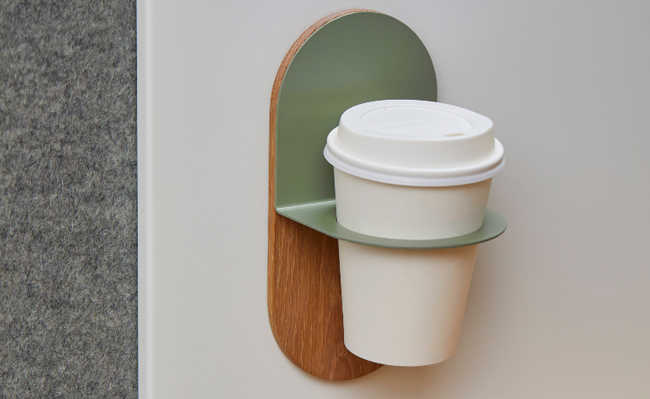Discover five actions that promoted urban mobility around the world
Some measures have the potential to be used in Brazil

With the new Brazilian automotive regime, called Inovar-Auto, which will come into force in 2013, some measures that favor the production of more sustainable vehicles will take effect. However, it is necessary that other combined actions are taken so that not only the problem of pollution is reduced, but also that of urban mobility.
Exame magazine listed five measures used around the world that aim at a more effective and less polluting traffic. Could Brazilian cities adopt some of them? Come on:
1 - Los Angeles (USA) - Tracks for hybrid cars and hitchhiking
In Los Angeles, since the late 1960s, the city has installed banners called HOVs (acronym for high-occupancy vehicles), in which hybrid cars, electric cars, car models for only two passengers and regular cars with filled seats are exclusive. There is also an official government hitchhiking program with 250,000 subscribers. The HOV lanes receive 1,300 cars per hour, on average, while the normal lanes receive 1.8 vehicles in the same period;
2 - London (ING) - Smart traffic lights
In London, there are intelligent traffic lights that adapt to public transport vehicles such as buses. The device measures whether the vehicle is close. If so, he can extend the green light for the bus to pass. With the traffic light in red, it can expedite the switch to green according to the vehicle's proximity. In Brazil, the city of Curitiba has a similar system. There are also exclusive bus lanes in London, as well as in some Brazilian cities;
3 - Amsterdam (HOL) - Bike paths
It cannot be said that this is a novelty. But the city of Amsterdam has taken the concept of the cycle path to the next level. There are 400 kilometers of bike paths in the city and, across the country, bikes are responsible for 30% of transport. There was a need for the implementation of infrastructure, such as the construction of exclusive spaces, separate from vehicles, with their own traffic lights and signage, in addition to the creation of parking lots;
4 - Brisbane (AUS) - Free parking
In the Australian city, the difference is the "Park & Ride" parking, free and built near subway, train and bus stations. Thus, the user of the public transport system can drive their car from home to any of the stations, leave it the vehicle for free on site, and use public transport - less polluting and faster - to the workplace;
5 - Singapore - City toll
The city-state was the first location in the world to charge urban tolls, in 1975. The controversial measure was only used, initially, during the morning rush hour. More than a decade later, the toll was also charged during the afternoon rush hour. The numbers show that car accidents have been reduced and there has been an increase in the number of people using public transport. However, there are accusations that this is an elitist measure. In Singapore, the adoption of these measures was accompanied by investments in public transport services.










